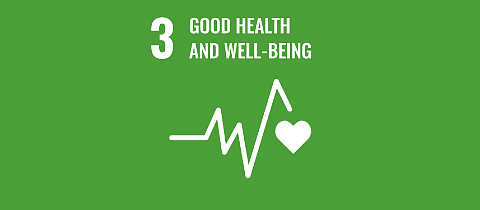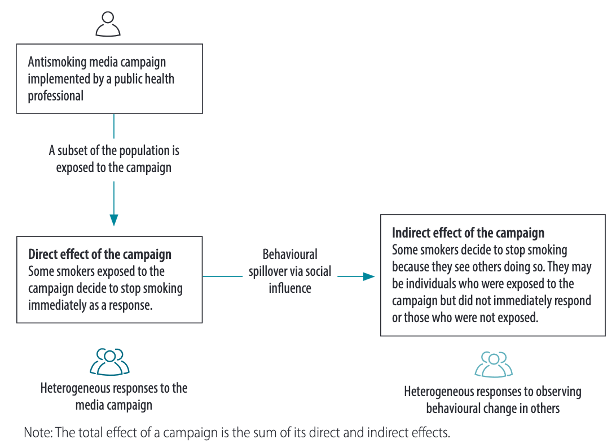Promotion of behavioural change for health in a heterogenous population
| Type of project: | Empirically informed agent based simulation |
| Departement: | Organisational Behavior & Strategy, Globalization and Society |
| Date: | October 2020 - September 2021 |
| More Info: | Schimmelpfennig, R., Vogt, S., Ehret, S., & Efferson, C. (2021). Promotion of behavioural change for health in a heterogeneous population. Bulletin of the World Health Organization, 99(11), 819–827. https://doi.org/10.2471/BLT.20.285227 |
Faculty




SDGs tackled in this research project

Description
Public health policy often involves implementing cost-efficient, large-scale interventions. When mandating or forbidding a specific behaviour is not permissible, public health professionals may draw on behaviour change interventions to achieve socially beneficial policy objectives. Interventions can have two main effects: (i) a direct effect on people initially targeted by the intervention; and (ii) an indirect effect mediated by social influence and by the observation of other people’s behaviour. However, people’s attitudes and beliefs can differ markedly throughout the population, with the result that these two effects can interact to produce unexpected, unhelpful and counterintuitive consequences. Public health professionals need to understand this interaction better. This paper illustrates the key principles of this interaction by examining two important areas of public health policy: tobacco smoking and vaccination. The example of antismoking campaigns shows when and how public health professionals can amplify the effects of a behaviour change intervention by taking advantage of the indirect pathway. The example of vaccination campaigns illustrates how underlying incentive structures, particularly anticoordination incentives, can interfere with the indirect effect of an intervention and stall efforts to scale up its implementation. Recommendations are presented on how public health professionals can maximize the total effect of behaviour change interventions in heterogeneous populations based on these concepts and examples.




